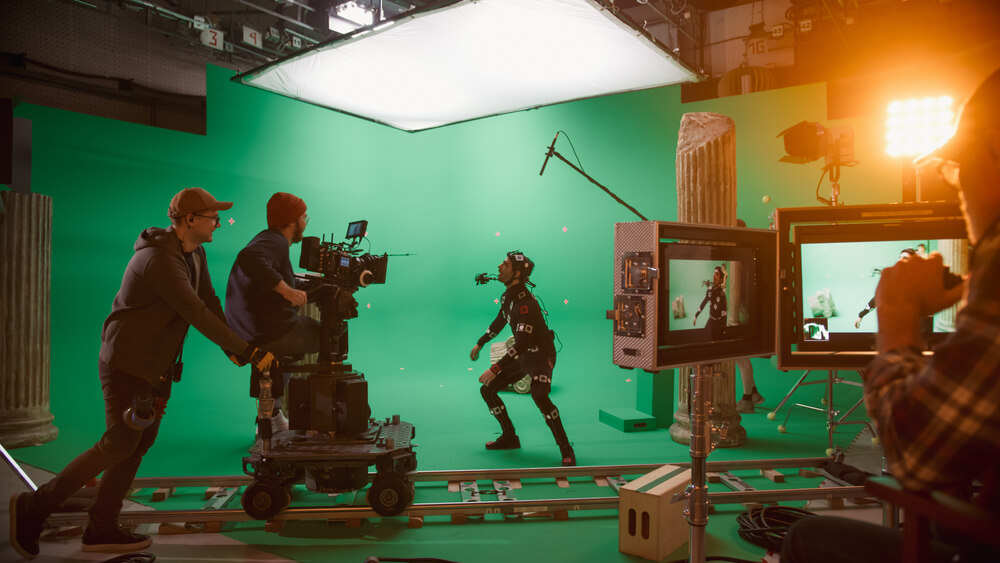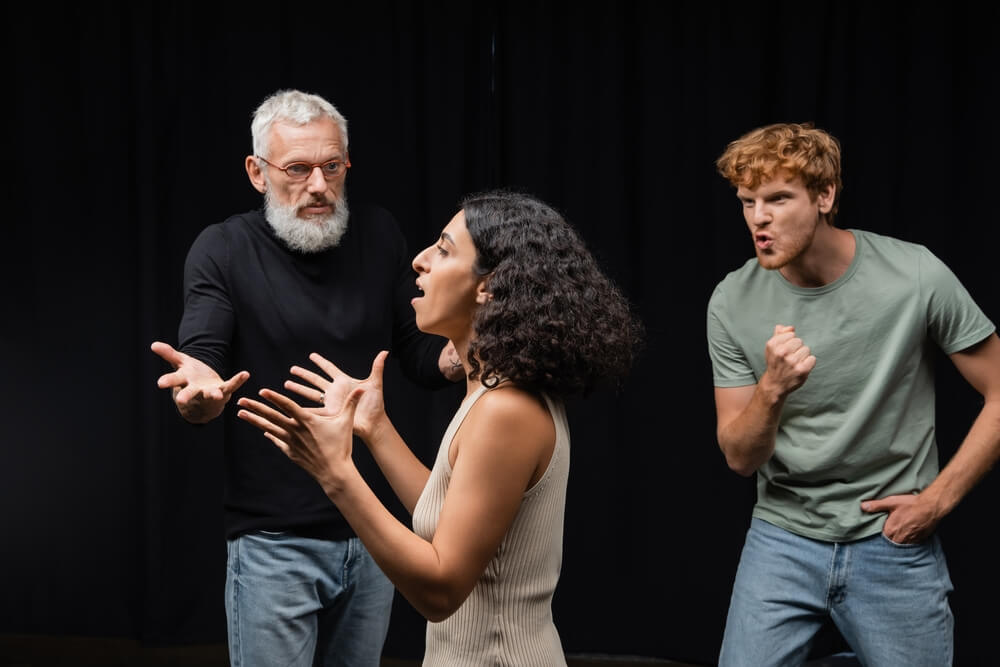What You Need to Know About the New SAG-AFTRA Agreement: Performance Capture
With the 118-day strike finally resolved and a new collective bargaining agreement up for a ratification vote, there is a lot to digest and understand about how things will be moving forward. With that in mind, Casting Networks is producing a series of articles in which we will break down particular parts of the new agreement and discuss how it affects you.
This entry focuses on performance capture.
Is Motion Capture Work Covered Under This Agreement?
Motion capture work had been recognized by the union as covered work, but not by the AMPTP.
This new agreement confirms that from now on, producers recognize that performance capture services are covered work in both live-action theatrical and TV films, as well as in animated films.
There are, however, conditions.
What Defines a Performance Capture Actor?
The term defines a motion capture performer as someone “who is employed by to provide facial emotional expressions and body movements as part of a dramatic performance that is directed by a director (including second unit directors) and is intended to be incorporated into digitally created character(s) appearing in the motion picture.”
The term “performance capture” is also defined. According to the agreement, it refers to “the technological process used to track and capture, using computer-integrated equipment, the performance of a ‘performance capture actor.’”
None of this is new. It’s just memorialized in a collective bargaining agreement for the first time.
This is also the first time performance capture actors are covered by all the various schedules (for the uninitiated, those would be Schedules A, B, C, F, G, H and J), under certain conditions.
Consecutive Employment
Consecutive employment refers to union members being paid on a consecutive basis from the first day they are instructed to report for work.
There are loopholes and outs for this, drops and pickups which allow producers leeway while also protecting union members. Those are not germane to this specific category, but the clause referring to consecutive employment in this agreement is.
For these purposes, consecutive employment does not apply. Producers may also use an unlimited number of drop/pickups. If the performer renders services under more than one of the schedules on the same day, the highest rate will apply.
Performing Multiple Roles
A performance capture actor who performs more than one character in a single day can do so without additional compensation. Preference of Employment, or the right for SAG-AFTRA to fine a production if a non-professional actor who does not fall within certain criteria is hired instead of a professional one, does not apply.
Nor do the provisions for using photo doubles.
Digital Replication and Alteration
The provisions and protections against AI and digital replication and alteration that are a key part of the central agreement do not apply to motion capture actors, but it wouldn’t make sense if they did. Especially when you consider the accepted definition of what motion capture refers to.
Motion capture is defined as “the technological process used to track and capture an individual’s facial and/or body movements, whether directed or not, to create an altered or enhanced image of human or non-human forms, for reference or composite purposes or when data of a model is recorded.”
Contrarily, “reference capture” and “reference modeling,” both of which are covered under the AI provisions and protections, are differentiated from motion capture and are not eligible for these exceptions. It might seem like a small difference, but it’s a rather important one.
Casting directors use Casting Networks every day to discover people like you. Sign up or log in today to get one step closer to your next role.
You may also like:
- 3 New Movies and 3 New Series Streaming in December You Won’t Want to Miss
- What You Need to Know About the New SAG-AFTRA Agreement: Residuals
- Here Are the Top Holiday Gifts for Actors/li>
- What You Need to Know About the New SAG-AFTRA Agreement: Streaming Bonuses and Payment Distribution Fund




